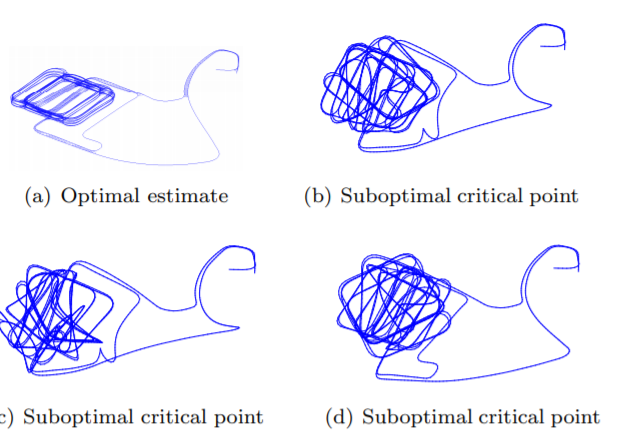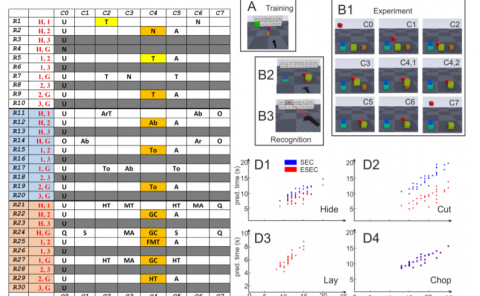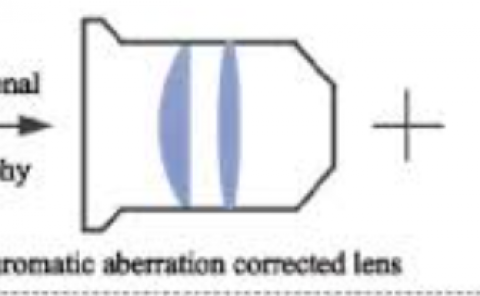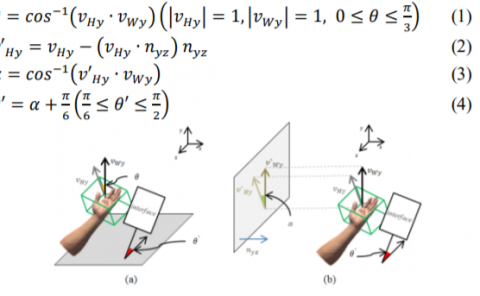SE-Sync: A certifiably correct algorithm for synchronization over the special Euclidean group
Title: SE-Sync: A certifiably correct algorithm for synchronization over the special Euclidean group
Teams: Facebook
Writers: David M. Rosen, Luca Carlone, Afonso S. Bandeira, John J. Leonard
Publication date: August 21, 2018
Abstract
Many important geometric estimation problems naturally take the form of synchronization over the special Euclidean group: estimate the values of a set of unknown group elements x1, … , xn ∈ SE(d) given noisy measurements of a subset of their pairwise relative transforms xi−1xj. Examples of this class include the foundational problems of pose-graph simultaneous localization and mapping (SLAM) (in robotics), camera motion estimation (in computer vision), and sensor network localization (in distributed sensing), among others. This inference problem is typically formulated as a nonconvex maximum-likelihood estimation that is computationally hard to solve in general. Nevertheless, in this paper we present an algorithm that is able to efficiently recover certifiably globally optimal solutions of the special Euclidean synchronization problem in a non-adversarial noise regime. The crux of our approach is the development of a semidefinite relaxation of the maximum-likelihood estimation whose minimizer provides an exact MLE so long as the magnitude of the noise corrupting the available measurements falls below a certain critical threshold; furthermore, whenever exactness obtains, it is possible to verify this fact a posteriori, thereby certifying the optimality of the recovered estimate. We develop a specialized optimization scheme for solving large-scale instances of this semidefinite relaxation by exploiting its low-rank, geometric, and graph-theoretic structure to reduce it to an equivalent optimization problem defined on a low-dimensional Riemannian manifold, and then design a Riemannian truncated-Newton trust-region method to solve this reduction efficiently. Finally, we combine this fast optimization approach with a simple rounding procedure to produce our algorithm, SE-Sync. Experimental evaluation on a variety of simulated and real-world pose-graph SLAM datasets shows that SE-Sync is capable of recovering certifiably globally optimal solutions when the available measurements are corrupted by noise up to an order of magnitude greater than that typically encountered in robotics and computer vision applications, and does so more than an order of magnitude faster than the Gauss-Newton-based approach that forms the basis of current state-of-the-art techniques.




